How BBC's 'Spy in the Wild' will easily rival 'Planet Earth II': 'We got footage from inside the mouth of the female crocodile as she carried the Spy Hatchling to the river'
New BBC show that uses fake animals to spy on wildlife in BBC's ‘Spy in the Wild’ are so lifelike, they have the animal kingdom fooled
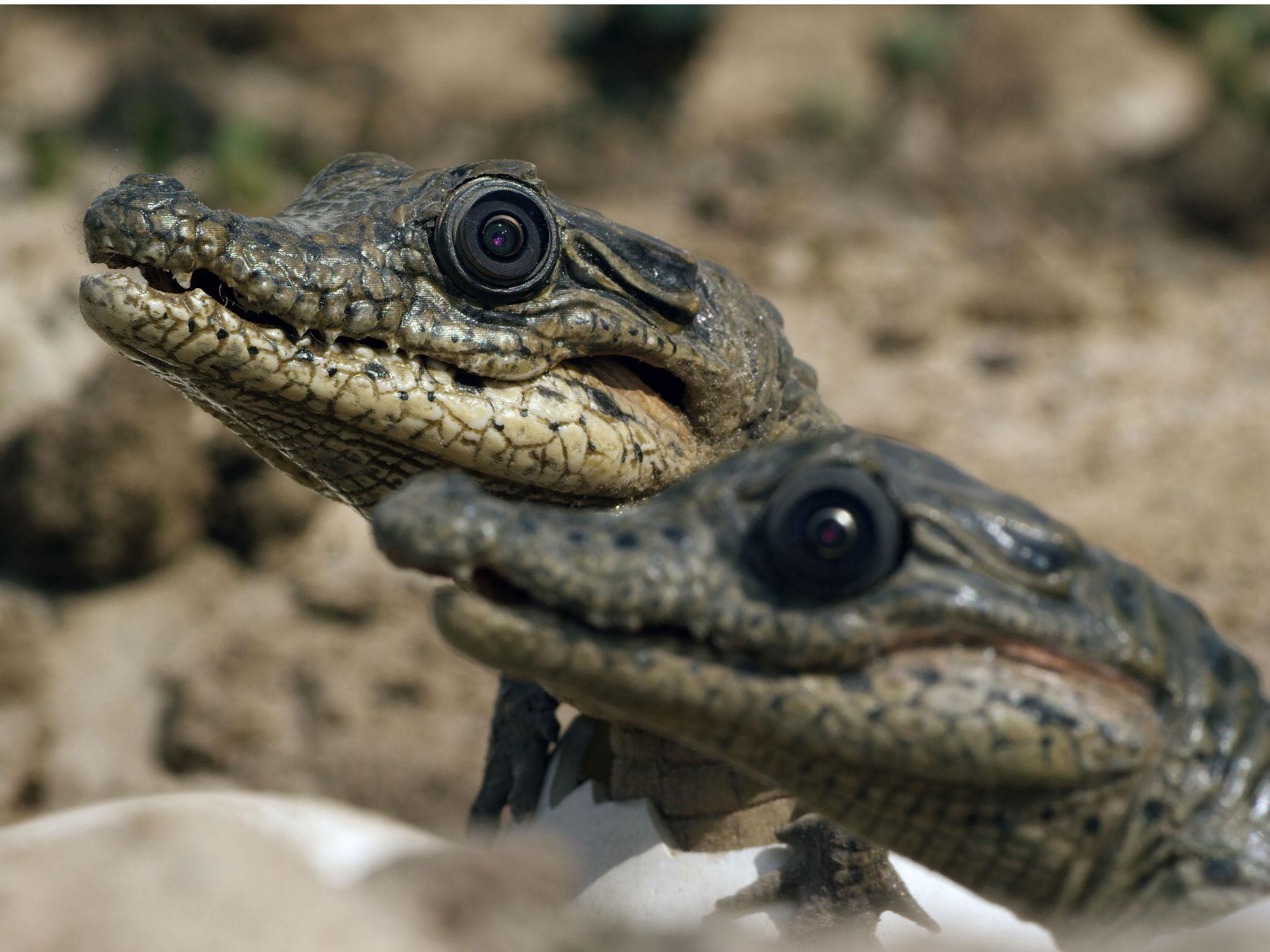
Your support helps us to tell the story
From reproductive rights to climate change to Big Tech, The Independent is on the ground when the story is developing. Whether it's investigating the financials of Elon Musk's pro-Trump PAC or producing our latest documentary, 'The A Word', which shines a light on the American women fighting for reproductive rights, we know how important it is to parse out the facts from the messaging.
At such a critical moment in US history, we need reporters on the ground. Your donation allows us to keep sending journalists to speak to both sides of the story.
The Independent is trusted by Americans across the entire political spectrum. And unlike many other quality news outlets, we choose not to lock Americans out of our reporting and analysis with paywalls. We believe quality journalism should be available to everyone, paid for by those who can afford it.
Your support makes all the difference.If you’re still suffering withdrawal symptoms from the end of Planet Earth II – and let’s face it, which of us isn’t? – BBC1 may well have produced the perfect programme to overcome your cold turkey. It’s called Spy in the Wild – and, like its acclaimed predecessor, it is likely to take your breath away.
Among many moments which will surely stop you in your tracks are: unique footage from the inside the mouth of an adult female Nile crocodile carefully as she scoops up her babies from the riverbank in her terrifying jaws and delicately deposits them in the water; never-before-witnessed footage of an adult chimp caring for a baby from another species, in this case a genet kitten; and a highly evolved orangutan picking up a saw and using it to cut up a piece of wood.
Such sequences are only possible thanks to the revolutionary techniques employed in Spy in the Wild, which begins at 8pm on BBC1 on Thursday. The executive producer John Downer and his team have created 34 ‘spy creatures’, beautifully manufactured bespoke robots.
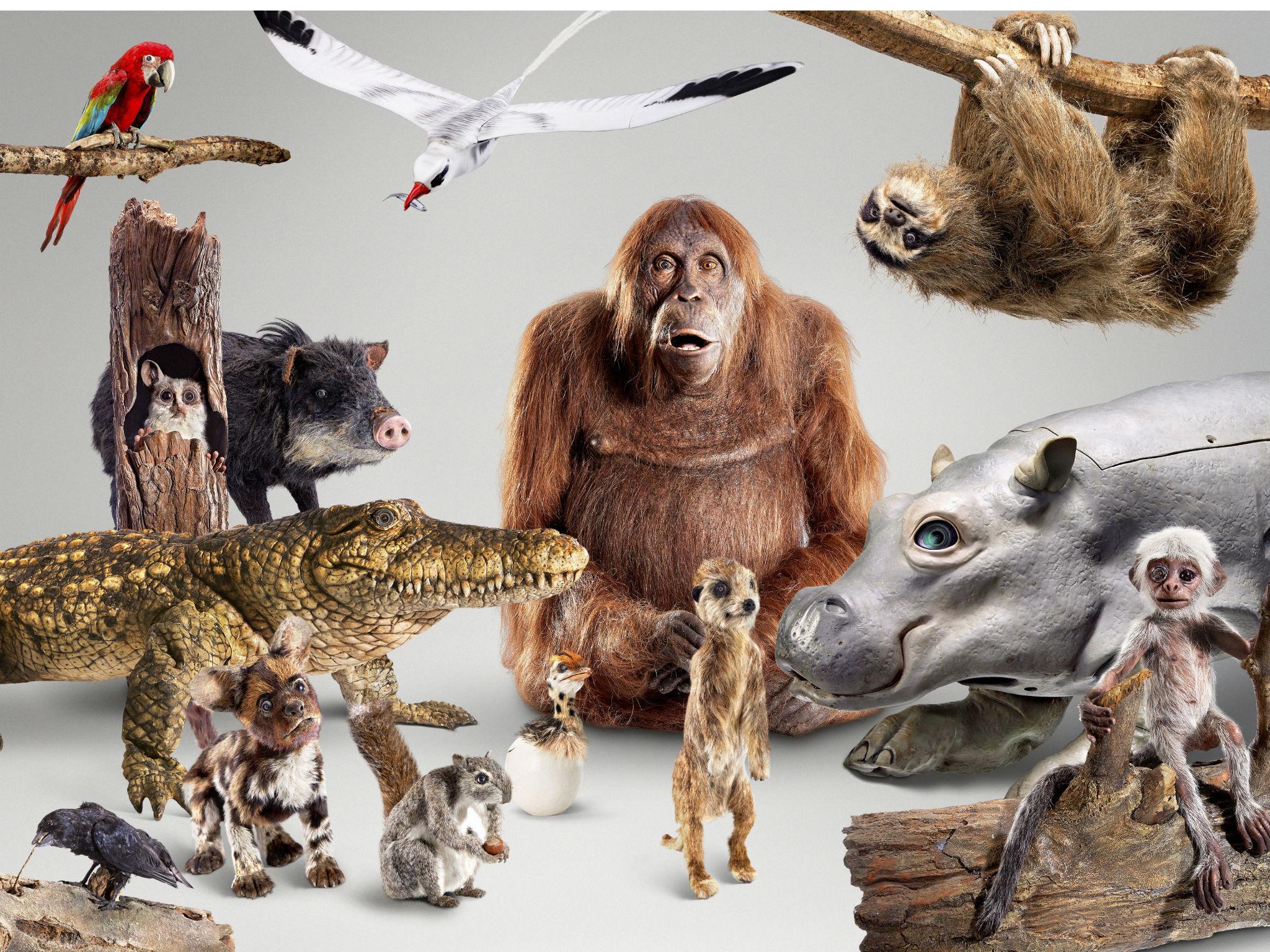
These astonishing animatronic creations, which are so accurate they can fool adult animals into caring for them, are able to mimic such behaviour as a crocodile swimming or a wild dog ‘play-bowing’. They contain one vital element in their make-up: a tiny camera concealed in their eye, which, thanks to its proximity to wild or timid creatures, is capable of filming animal behaviours never before witnessed by human beings.
The animatronic creatures, which include Spy Pufferfish, Spy Wolfcub, Spy Warthog, Spy Hippo, Spy Caterpillar, Spy Cobra, and Spy Meerkat, are so lifelike that in one memorable sequence, a male tortoise is moved to attempt to mate with a ‘female’, who is in fact a robot. Epic fail.
Downer will not reveal the cost of the spy creatures, which can take up to nine months to build in various workshops across Europe. All he will say is that they are “pretty expensive”.
In perhaps the standout sequence of the four-part series, a spy creature plays a key role in capturing stunning footage that no one has ever seen before. Matthew Gordon, a producer on the series, has strategically placed a superbly designed robotic creation in the midst of a troop of 120 langur monkeys in Rajasthan, India.
The monkeys, which are extremely playful, are keen to babysit their new companion. However, when one overenthusiastic adolescent carries the spy creature up high, he drops it onto the stone floor below.
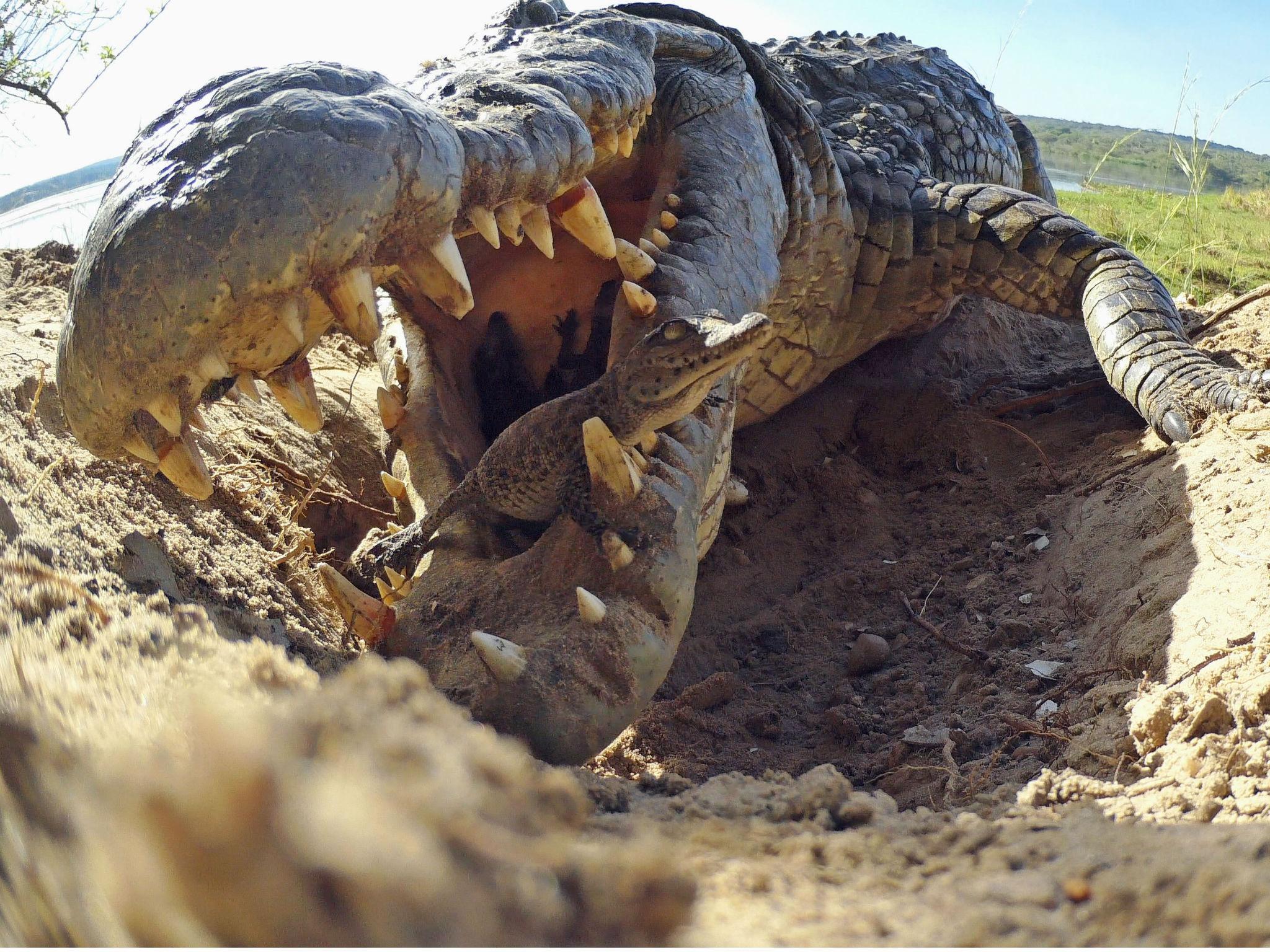
Gathering around their ‘dead’ companion, the previously noisy and vivacious troop fall into a contemplative, respectful silence. They even console each other with hugs. It may well be the closest approximation of human grief that has ever been filmed in the animal kingdom. If that scene doesn’t make your jaw drop, nothing will.

Watch Apple TV+ free for 7 days
New subscribers only. £8.99/mo. after free trial. Plan auto-renews until cancelled

Watch Apple TV+ free for 7 days
New subscribers only. £8.99/mo. after free trial. Plan auto-renews until cancelled
Gordon recollects his excitement at witnessing such unprecedented sequences: “It was one of those moments where something totally unexpected just happens in front of you and you can scarcely believe your eyes. The langur monkeys had all been making a lot of noise, and then suddenly they just went completely silent.
“As they hugged each other, all of a sudden a gust of wind blew past me and ruffled the fur of the langurs. That was the moment I was looking through the viewfinder and thinking, ‘We’re capturing something truly remarkable here.’ And when the scientist comes over and he is just as excited as you are, you know you’re onto something special.”
The producer expands on his emotions at that moment. “You feel euphoric and can’t wait to go and phone the office to tell them what you’ve got. You also hope you have switched the camera on.”
Gordon explains: “The langur monkeys were paying their respects and hugging each other. In those moments where they lose someone, a lot of emotions break out, so they hug each other and try to calm the situation down. A sequence like that gives us insight into why we do that – we all want to feel connected to other people.”
Over four episodes covering the subjects of love, intelligence, friendship and mischief, the series examines the once-dismissed idea of anthropomorphism and demonstrates why we are even closer to the animal kingdom than we previously thought.
Downe has specialised in spy creatures since producing in 2000 the ground-breaking Lions – Spy in the Den, which featured a remote roving rock known as a ‘Bouldercam’ that could safely transport a camera into the pride to take unprecedented footage of the creatures. He observes that in this series: “We look at various aspects of animals’ lives which resonate with our own and hint at the origins of our own feelings and our own ways of living.”
The executive producer, who has over the years developed such pioneering devices as the ‘dung-cam’ and the ‘iceberg-cam’, proceeds to outline why anthropomorphism is no longer frowned upon.
“There’s been a great breakthrough in the last 10 years. Animal behaviourists always knew it, but they didn’t dare say it.”
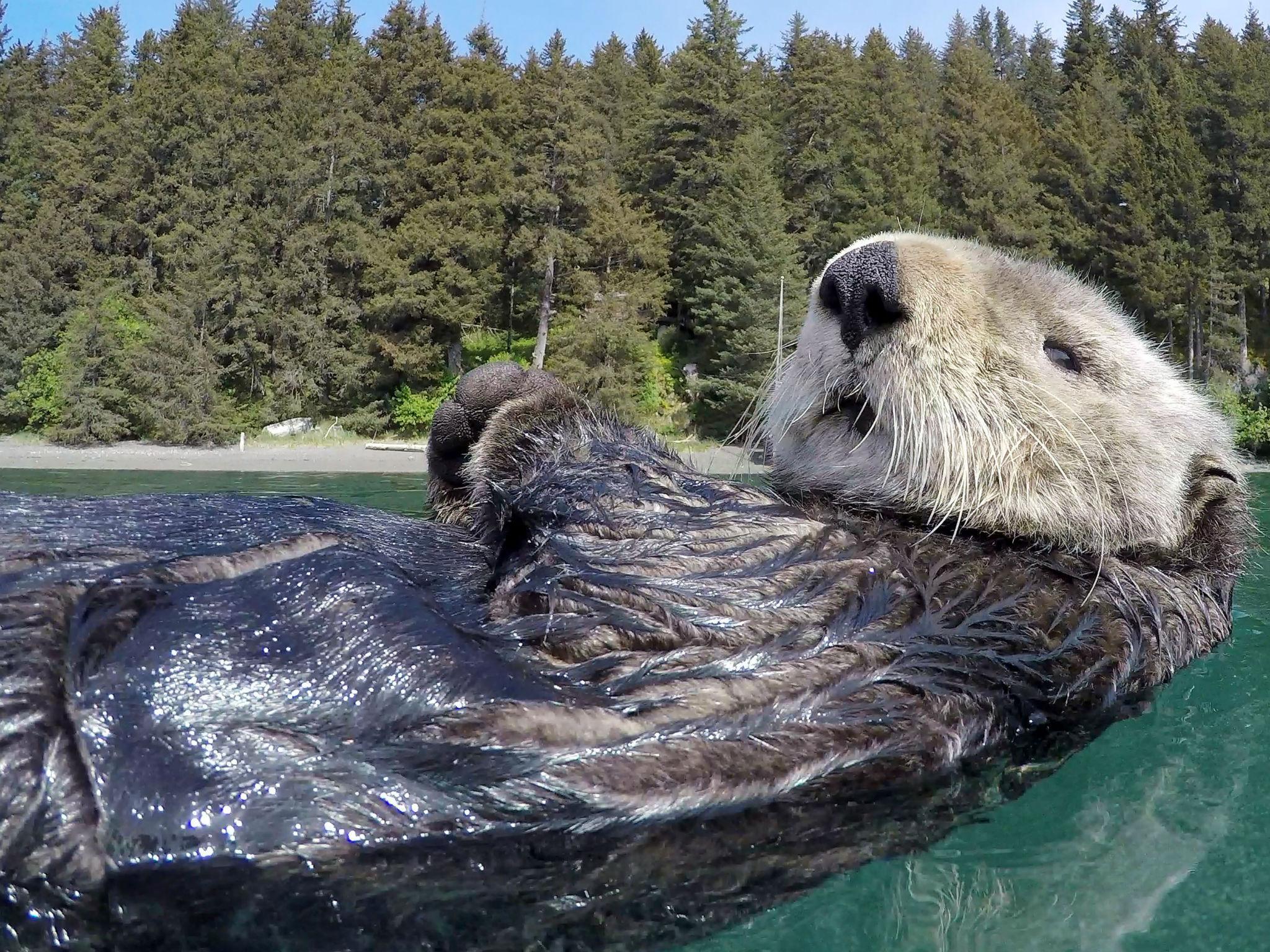
However, Downer explains: “You can’t spend any time with animals without realising that so much of what they do is so like us. That’s inevitable. We’re animals, so why suddenly make this big distinction between us and them? The more we look at how animals behave, the more we are taken deeper into our own lives and the more we can reflect on them because we see our own behaviour mirrored in the natural world.”
The executive producer, who has also made such acclaimed series as Dolphins – Spy in the Pod, Penguins – Spy in the Huddle, Polar Bears – Spy on the Ice, Tiger – Spy in the Jungle, Bears – Spy in the Woods, and Elephants – Spy in the Herd, adds: "Scientists are now interpreting animal behaviour through the way we express ourselves. That comes directly from observation. To deny it is a fly in the face of what you’re seeing.”
To describe behaviours such as the chimp nurturing the genet kitten as ‘empathetic’ is no longer fanciful. Downer reveals that in Spy in the Wild: “We see warthogs that become friends with mongoose. Yes, The Lion King is true.” The successful use of the spy creatures in Spy in the Wild means that many renowned scientists are now using them as an integral part of their research.
For all that, the producers found the initial deployment of the robots the most anxiety-inducing part of the whole process. One producer, Philip Dalton, recalls his pre-shooting worries about filming wild dogs in Africa with a Spy Wild Dog Pup. “The wild dog is a pack animal with a ferocious reputation. When I proposed to a local scientist the idea of introducing a Spy Puppy, he laughed. He reckoned it would last between a minute and two minutes before being ripped apart.
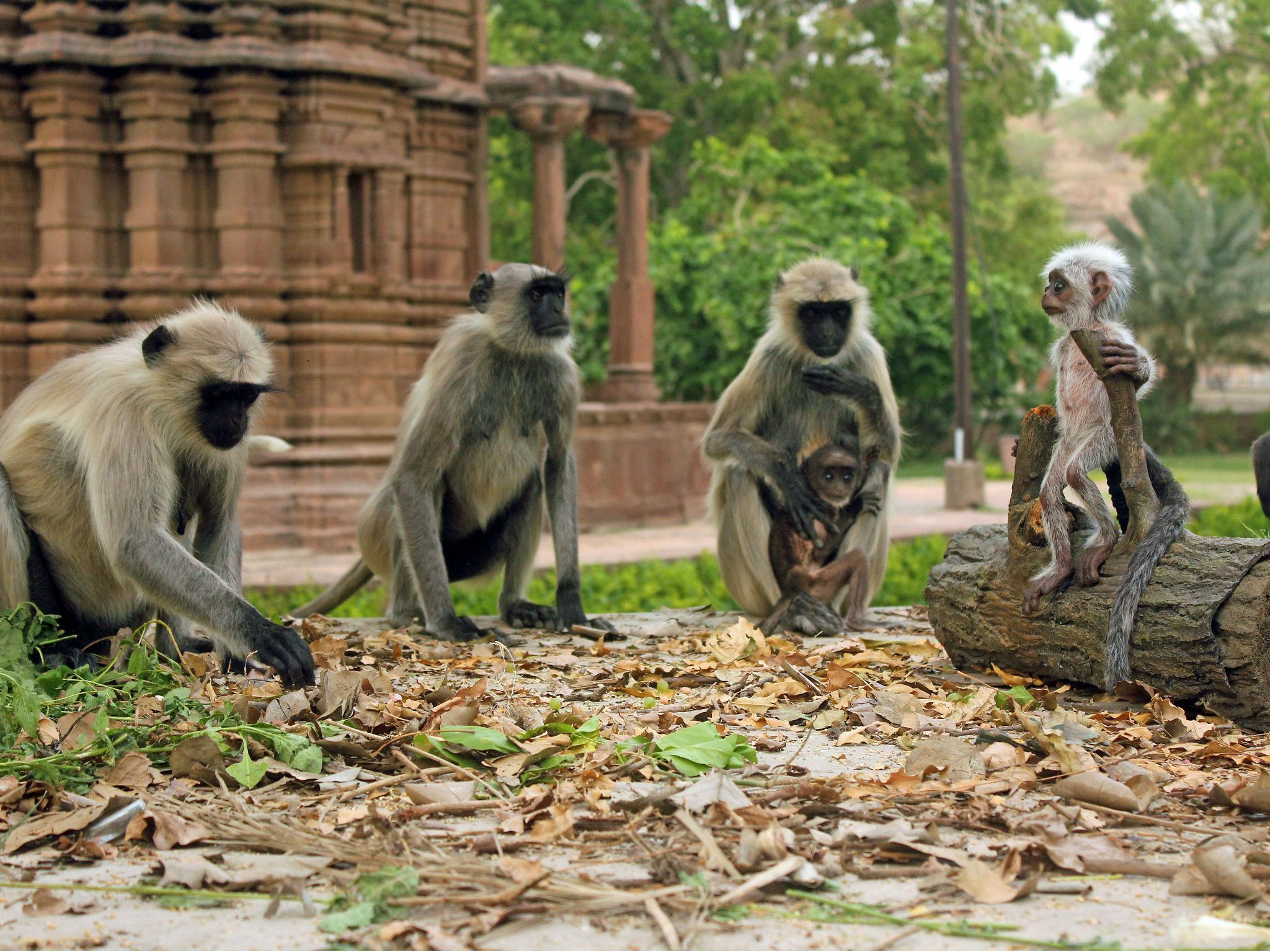
“But I was very keen to make it work. We worked out that if we could make the spy creature animated in such a way as to show its submissive side, with a wagging tail, ear movement and a play bow, it might have a fighting chance.”
So, Dalton carries on: “Rather reluctantly, because they’re very expensive and take a great deal of time and research to make, we deployed a Spy Puppy when the hunting dogs were out. When they returned, the adults clocked the spy creature from a distance of 30 metres. Their ears went forward and down in an aggressive posture, and we thought, ‘Oh no, here we go’. It looked like they were going to tear it apart. They came in with that intent.
“From our hide, we were furiously working the switches, wagging the spy creature’s tail, putting its ears back and making it play-bow. Then in an instant, it was like a light came on in the wild dogs’ eyes. Their ears went back and they started wagging their tails. They came in and interacted. So we had this communication going on between the spy creature and real animals. That was a huge relief for us.” And no doubt saved them a great deal of time and money.
The raw stats behind the production of Spy in the Wild are enough to make your eyes water. The crew covered 330,000 miles travelling to 31 locations in 21 countries, stretching from the Arctic to the Antarctic and all places in between. Spy in the Wild took three years to shoot, over 800 filming days. The crew captured more than 8000 hours of material, and every hour-long programme is distilled from 1250 hours of footage.
Despite all the hard work, though, the producers of Spy in the Wild clearly had a whale of a time making the series, even when their activities were deadly dangerous.
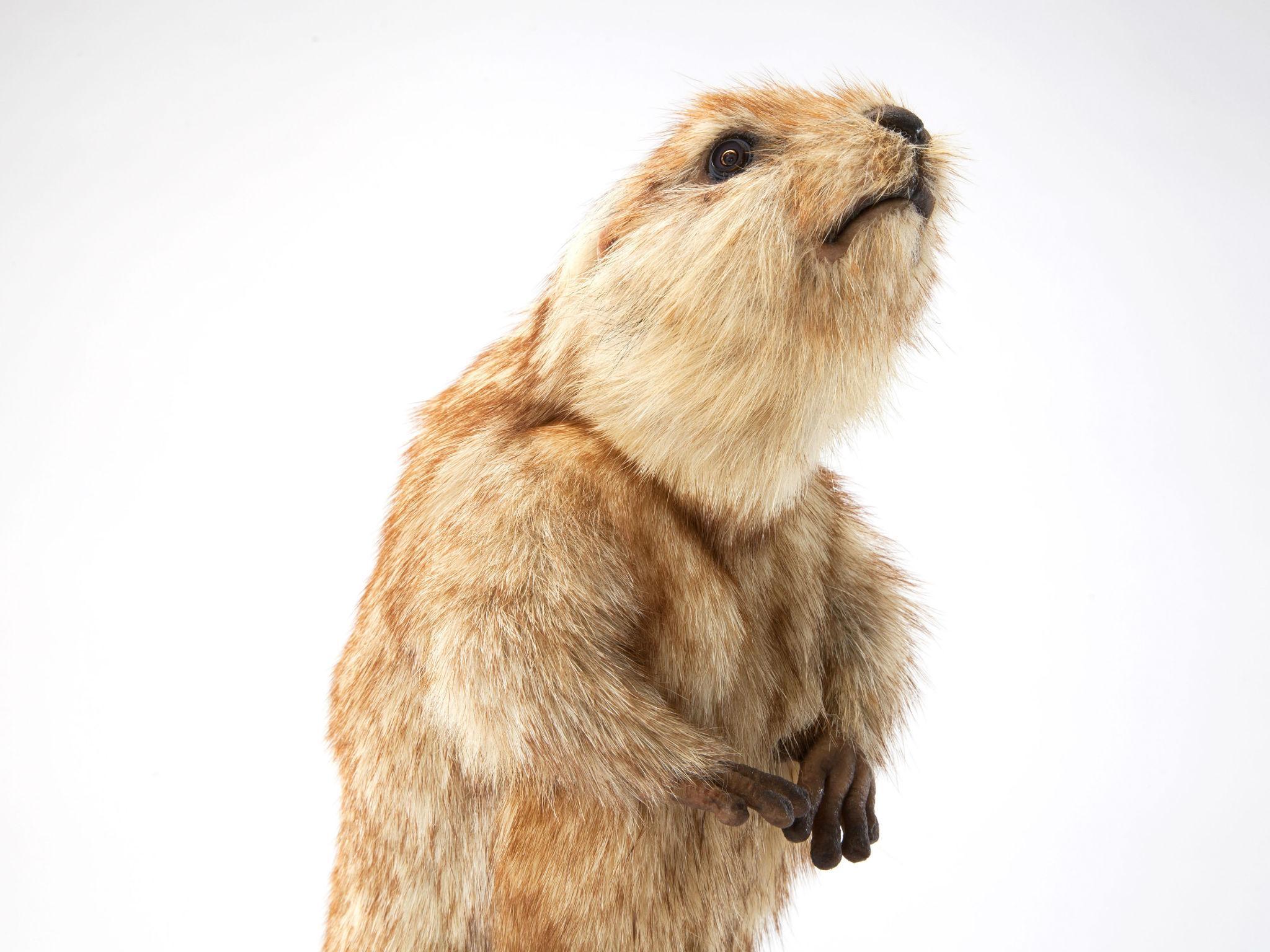
Rob Pilley, the series’ producer, remembers his most hairy moment, tip-toeing in to place a Spy Hatchling (a robotic baby crocodile cradled in a buoyant fake eggshell) in the nest of a massive and highly aggressive Nile crocodile in Uganda.
“Deploying any spy creature is a nerve wracking experience. You don’t literally jump into it feet first. You have to think about what you are doing the terms of your own safety, but also ethically, you don’t want to upset the animals. You have to be contemplative and wait for your moment.
“With the crocodiles, we had to wait for the female move off her nest, which you would do around midday, when it was too hot to stay on the bank. I’d go in with a local carrying an oar as my armour. Then you have to get in as swiftly as you can and deploy your devices, making sure that nothing is disturbed. After that, you just hope and pray that everything happens as planned. With deployments, you’re stepping into an unknown world – it’s like making first contact.”
Was it worth the risks?
“Absolutely. When we did ultimately get footage from inside the mouth of the female crocodile as she carried the Spy Hatchling to the river, it was all worthwhile. Seeing that was a brave new world.”
And, Pilley is glad to disclose: “I’ve still got all my fingers and toes.”
Spy in the Wild'begins at 8pm on BBC1 on 12 January
Join our commenting forum
Join thought-provoking conversations, follow other Independent readers and see their replies
Comments